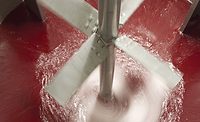Mixing Sustainability and Innovation
As continued research and development races to meet the growing appetite for sustainable adhesives, manufacturers must also push innovations in processing that reduce both waste and energy consumption.
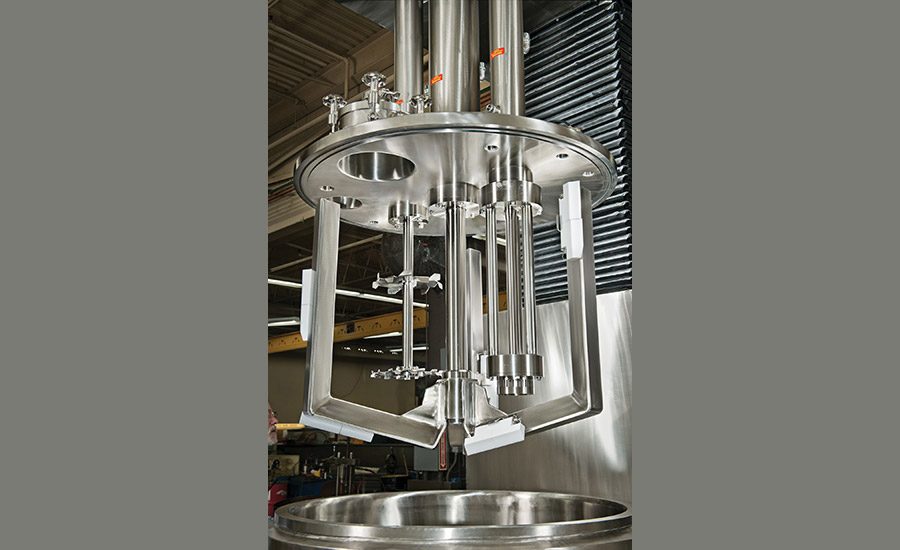
Triple-shaft mixer.
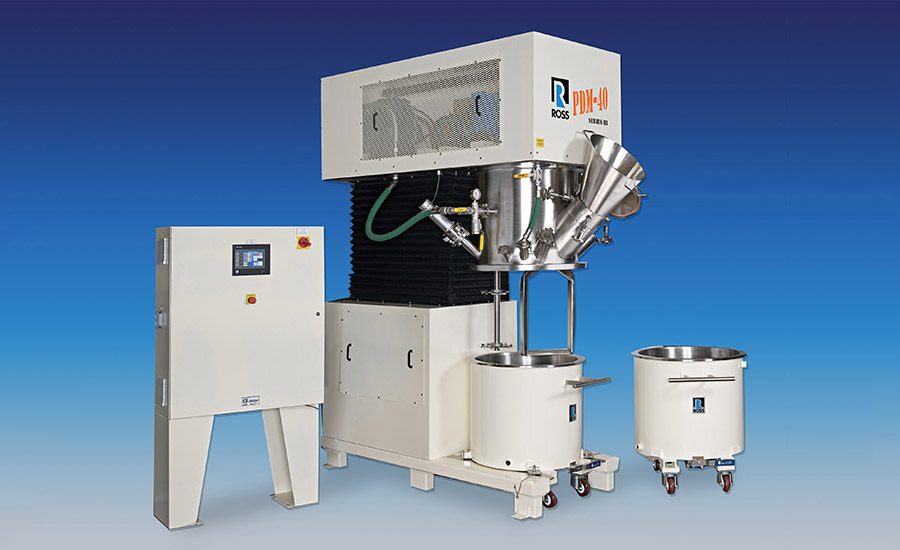
Planetary disperser with a 40-gal capacity, designed for viscosities up to around 2 million cP.
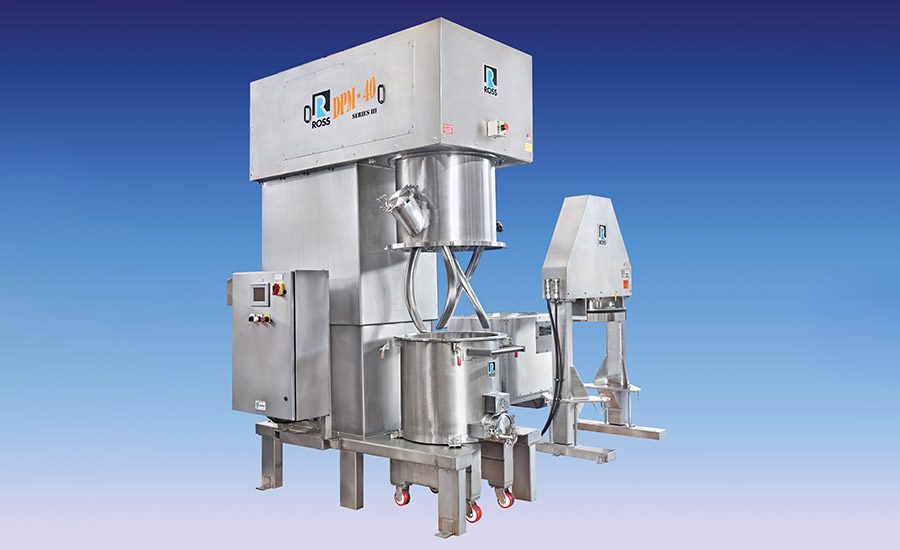
Double-planetary mixer with discharge system, in all-stainless steel construction, designed for production of hydrogel adhesives used in sterile wound dressings. The helical blades handle ultra-high viscosities up to around 6 million cP.
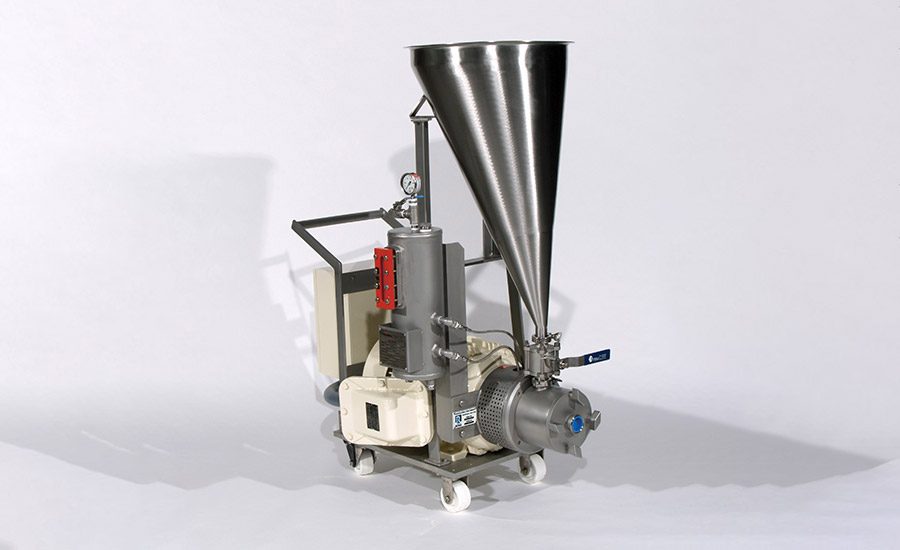
Inline high-shear mixer with built-in powder induction feature. The hopper positioned on top of the mix chamber is for holding solids prior to injection.

Interfacial surface generator (U.S. patent number US3404869), a static mixer designed for high-viscosity, laminar-flow applications.
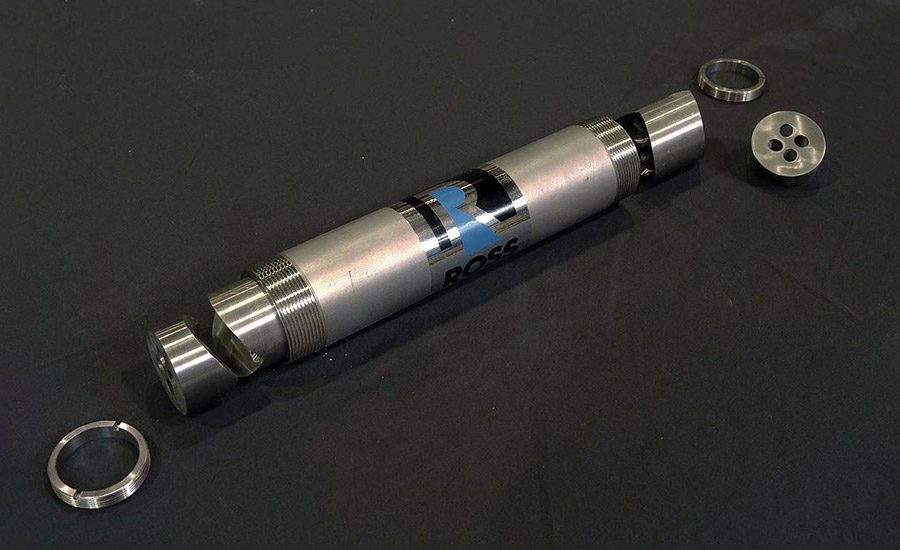
Interfacial surface generator (U.S. patent number US3404869), a static mixer designed for high-viscosity, laminar-flow applications.






Manufacturers and scientists are continually pushing the envelope on eco-friendly adhesives, sealants, coatings, and potting and encapsulation compounds. Demand for green and sustainable formulations is expected to keep growing due to tightening legislation, consumer awareness, and new opportunities. Various sustainability efforts (including, among others, next-generation fuel-efficient vehicles; wind and solar energy products; lighter, stronger aircraft; and biodegradable packaging) cut across different market segments, indicating an unabated demand for both conventional and sustainable adhesive options.
Most adhesives are complex mixtures of multiple components. The mixing operation is thus at the heart of adhesive production. An energy-efficient, low-waste mixing process is a necessary piece of the big puzzle that is sustainability.
Consider Planetary Mixing
Multi-shaft mixers are widely used for dispersing or dissolving solid raw materials into a liquid vehicle or melted solids. Offering a combination of low- and high-shear agitation that can be conveniently fine-tuned throughout the batching process, multi-shaft mixers typically feature a winged agitator that turns at close proximity to the vessel sidewall and bottom.
The use of scrapers, which actually contact the vessel surfaces, is recommended for temperature-sensitive applications and especially when the mixing procedure involves a cool-down step. The anchor helps “feed” batch material to a sawtooth blade and/or a rotor/stator mixer, both of which are designed to run at high speeds. A wide range of formulations are produced in multi-shaft mixers, including hot melts, RTV silicone compounds, wood adhesives, contact cements, pigmented epoxies, transdermal medicated adhesives, roofing sealants, caulks, etc.
Common and versatile as they are, multi-shaft mixers face limitations that are usually triggered when the product exceeds a certain viscosity. Some mixer manufacturers address the issue by oversizing motors or beefing up shafts and other drive and structural components. While these strategies help prevent power draw overload and serious mechanical failure, poor mixing and inadequate bulk flow remain an issue in ultra-viscous batches.
Around a million centipoise (cP) or so, the anchor agitator may start to carve a path through the batch or rotate it almost as a single mass. The high-speed blades spin at fixed points in the mixing zone; without enough turnover, product near these blades could begin to heat up considerably faster than the rest of the batch, increasing the risk for not just unsatisfactory homogeneity but also product degradation.
Viscosity values serve as a useful guide for when this phenomenon might occur. However, rheology is often more complex, and actual product behavior during mixing is difficult to predict simply based on viscosity readings of the finished product. When a compromised flow pattern is routinely observed during production, it’s a signal to consider shifting to a planetary mixer.
The solution lies in utilizing agitators that turn on shafts that actually move through the batch regardless of product flow. Shifting to a planetary system typically eliminates frequent reworks, production delays, and unnecessary waste related to inconsistent quality in a multi-shaft mixer. A planetary mixer may also improve product properties and accommodate wider processing conditions that would encourage formulators to develop new products for faster introduction to the market.
In one case, a manufacturer of architectural urethane sealants observed that its dual-shaft mixer was struggling to achieve batch uniformity due to the sealants’ sticky and viscous nature. The company eventually needed to make the product in larger batches, and a more robust mixing system was required to eliminate the issues in the dual-shaft mixer.
A planetary disperser consisting of a rectangular blade and a high-speed disperser shaft, both of which turn on their respective axes while revolving around the vessel, proved ideal. The planetary disperser was much better at turning the material over and handling its unique rheology. After running batches in 2- and 40-gal test units, the company confidently scaled up to a 400-gal heavy-duty planetary disperser.
Simplify Discharge and Cleanup
Thick and tacky materials, especially those that tend to harden or cake, are notorious for consuming many long hours to completely empty and clean the mixer. Operators are often forced to manually scrape product off vessel surfaces and use up a fair amount of harsh solvents. An automated discharge system can accelerate product transfer while also preparing the mix vessel for easy cleanup.
A typical discharge system consists of a platen that is lowered hydraulically into the mix vessel. The platen is fitted with an O-ring that rides against the vessel wall, virtually wiping it clean. Product is forced out through a valve on the bottom of the vessel or through the top of the platen. Mixers supplied with complementary discharge systems help manufacturers improve operator safety, boost product yield, save on cleaning chemicals, and reduce overall waste.
To illustrate, in the manufacture of a medical-grade gel adhesive, liquid ingredients are charged to the heated vessel of a double-planetary mixer. The cover is then closed and the helical blades engaged before hydroxypropyl guar and polyvinylpyrrolidone (PVP) powders are added through a charge port.
The finished batch is a sticky gel substance with a springy characteristic. The mix vessel is removed from under the mixer and rolled to a discharge system. The operator lubricates the exposed sidewalls with a small amount of the liquid vehicle before lowering the discharge platen.
Virtually all of the product is forced out through a flush plug valve. The very thin layer of gel remaining on the vessel bottom is quickly cleaned by hand. A release coating applied to the contact parts of the discharge platen allows for easier product release and enhanced cleanability.
High-Speed Powder Injection
One typical area of improvement in the preparation of lower viscosity formulations is the method of raw material addition, particularly how to quickly and cleanly disperse solids into liquid. This may be accomplished by new-generation high-shear mixers equipped with a built-in powder injection mechanism. Designs that do not require a separate pump or eductor are the most straightforward and easiest to operate.
A high-shear mixer consists of a rotor that runs at high speeds within a stationary stator. The differential speed and close tolerance between the rotor and stator generate high levels of hydraulic shear necessary to produce fine droplets and disperse agglomerates. Where high flow is desired but excessive shear is not, one technique is to run the mixer without a stator.
A manufacturer of basement waterproofing sealants utilizes a high-shear mixer with powder induction technology to incorporate ground recycled tire rubber into an asphalt base. The rubber feed, cryogenically ground to 80 mesh, resembles a free-flowing powder. Initial concerns involved shear energy, whether too much shear might adversely affect the end product. This usually manifests as clumps in the mixture.
A statorless inline high-shear mixer was evaluated, and it performed flawlessly. Pre-weighed powders were charged into a hopper above the mix chamber, and the thixotropic asphalt base was recirculated from a 30-gal vessel. Once the rotor attained maximum speed, the inlet valve to the powder hopper was opened, and induction was completed in seconds. (The unique rotor drives the mixing/pumping action and at the same time generates a powerful vacuum that sucks in the powders.)
The mixture was allowed to recirculate. After 4 min of mixing, the finished product looked very smooth and uniform, with no signs of degradation or any lumping.
A sample application that utilizes a typical rotor/stator combination is the dispersion of nanoclay powders into a monomer to create an intermediate material. The monomer (a solid at room temperature) is melted, and nanoclay is dispersed into the liquid phase prior to the polymerization step. The nanoclay particles “swell” as the monomer enters into the spaces between silicate layers. Monomer intrusion is time-dependent and aided by temperature and shear.
In one trial, over 150 lbs of melted monomer was recirculated through an inline high-shear mixer with powder induction capability. Around 14 lbs of nanoclay was charged in 15 sec. The mixture was continuously heated through the jacketed recirculation vessel. As swelling of the nanoclay progressed, the nanocomposite mixture gained viscosity, but it was easily recirculated by the inline mixer and later pumped to a downstream reactor.
Other solids that typically benefit from sub-surface injection include calcium carbonate, cellulose gum/carboxymethylcellulose (CMC), rosin ester resin, starch, talc, carbon black, titanium dioxide, and other pigments. Compared to the conventional method of charging powders on top of an agitated batch of liquid, high-speed powder injection facilitates easier handling of raw materials, shorter cycle time, reduced dusting, and improved operator safety.
A Static Solution
The best method is sometimes the simplest method. This minimalist approach applies to mixing, too. If the components to be blended are all liquid, consider if a static mixer may be a potential solution. Originally developed for niche markets, static mixers today serve a broader user base and have become more widespread throughout the process industries. Low cost and simple installation make static mixers appealing tools for improving homogeneity, heat transfer, and reaction times.
A static mixer or motionless mixer is a device inserted into a housing or pipeline with the objective of manipulating fluid streams to divide, recombine, accelerate/decelerate, spread, swirl, or form layers. Through these alterations in the fluid flow, mixture components are brought into intimate contact.
Disposable static mixers, for instance, are popular in the application of two-component adhesives. These are typically plastic elements within a nozzle inserted into the cartridge of a handheld dispenser or an automated meter-mix-dispense system.
What few manufacturers may know is that heavy-duty, reusable static mixers are also available. One example is a patented design consisting of solid blocks bored with discrete passages.* The ends of the elements are precisely shaped to create a good seal and form a tetrahedral chamber between adjacent pieces.
The passages in this mixer element are each sloped at different angles such that material entering from the periphery (i.e., near the pipe wall) on the inlet side emerges near the center on the outlet side. If two input streams enter the static mixer, the number of layers emerging from the first, second, and third elements are 8, 32, and 128. This exponential progression generates over two million layers in just 10 elements.
Continuous blending of a minor component such as a low-viscosity dye, catalyst, or additive into a viscous material is a classic application of this mixer. Complete mixing is achieved in an extremely short length of pipe. The elements are removable for individual cleaning, and all components are entirely reusable.
Continuous Improvement
The race is on to create more solventless, bio-based, repulpable, renewable, recyclable, biodegradable, and non-toxic adhesives. While pain points persist—cost, raw material availability, performance differences compared to petrochemical-based counterparts—manufacturers can boost their endeavors toward sustainability by periodically reviewing their current mixing equipment and procedures.
Any upgrade must ideally include the controls aspect. A well-designed mixer control system is crucial for safety, batch-to-batch repeatability, and traceability. At the same time, it supports sustainability by promoting longer service life through electronic soft start, overload protection, and other features that help prevent premature wear and mechanical failure. Routine maintenance and calibration can also be programmed so operators are less likely to overlook any necessary upkeep procedures.
For more information, contact the author at (631) 234-0500 or cbanaszek@mixers.com, or visit www.mixers.com.
Looking for a reprint of this article?
From high-res PDFs to custom plaques, order your copy today!





